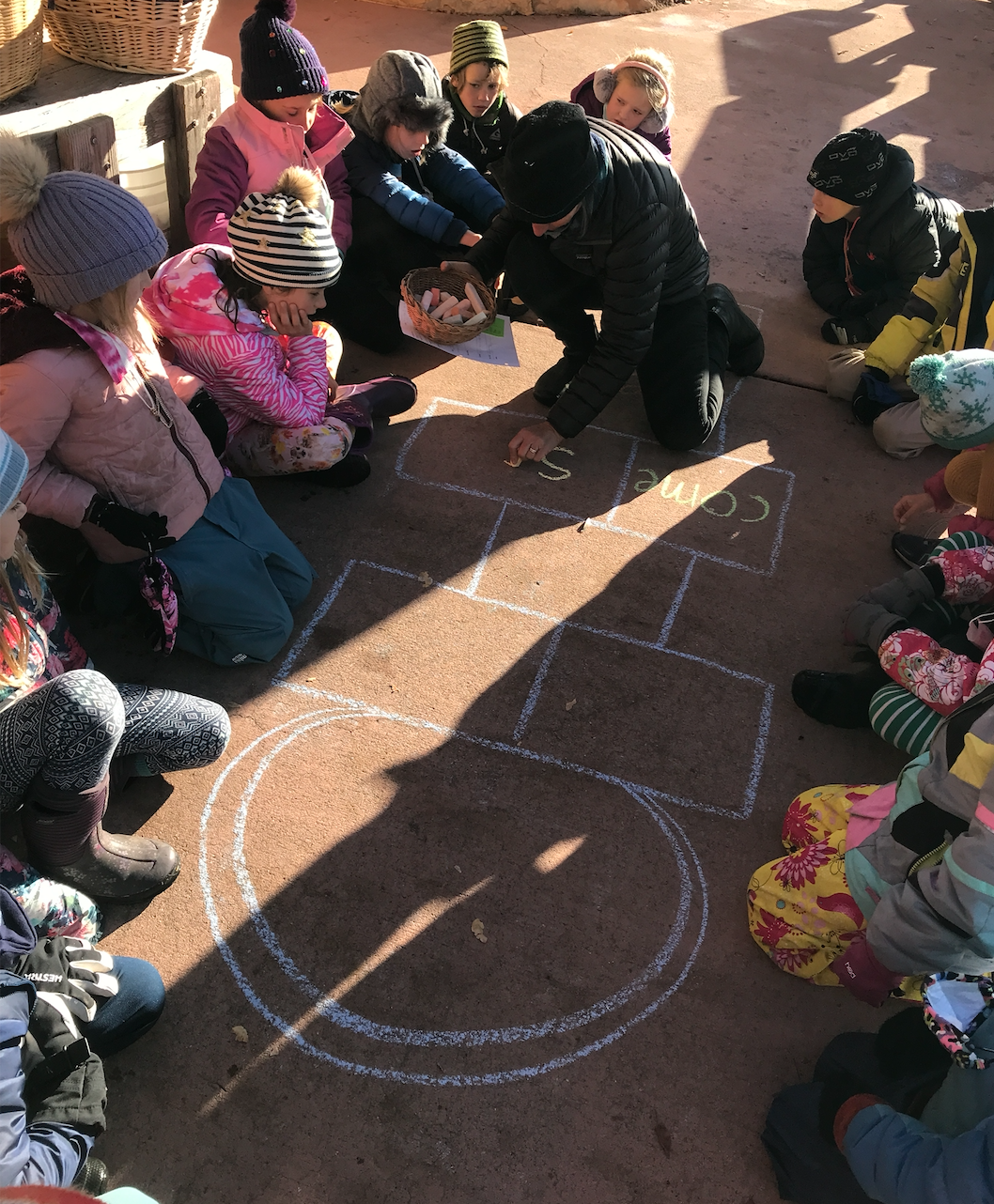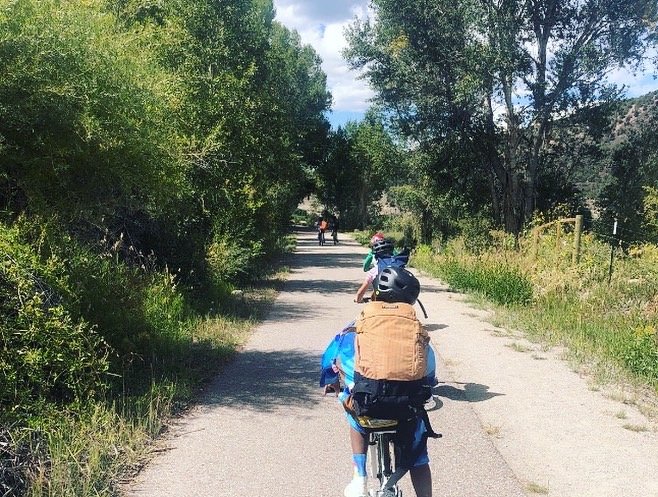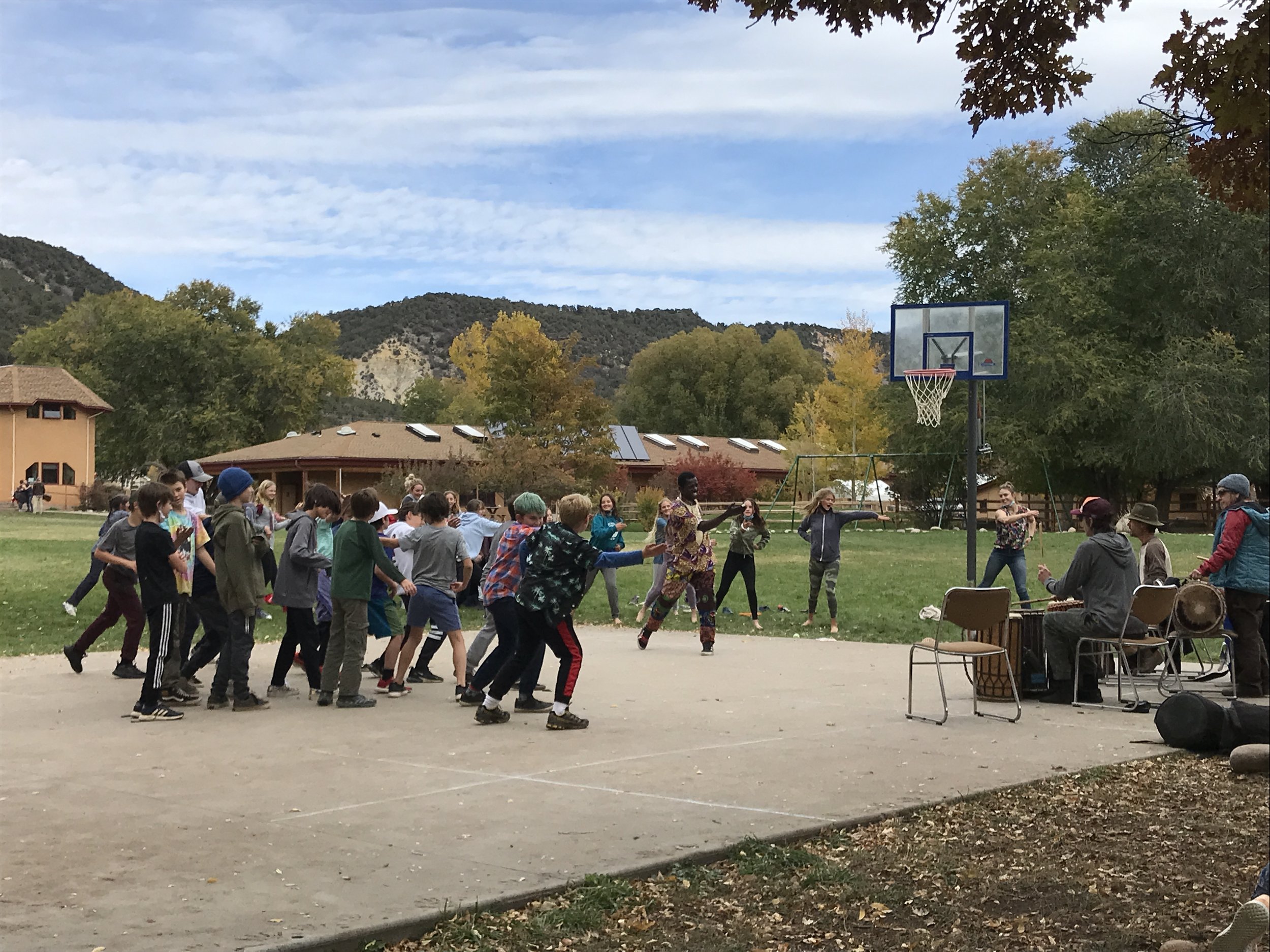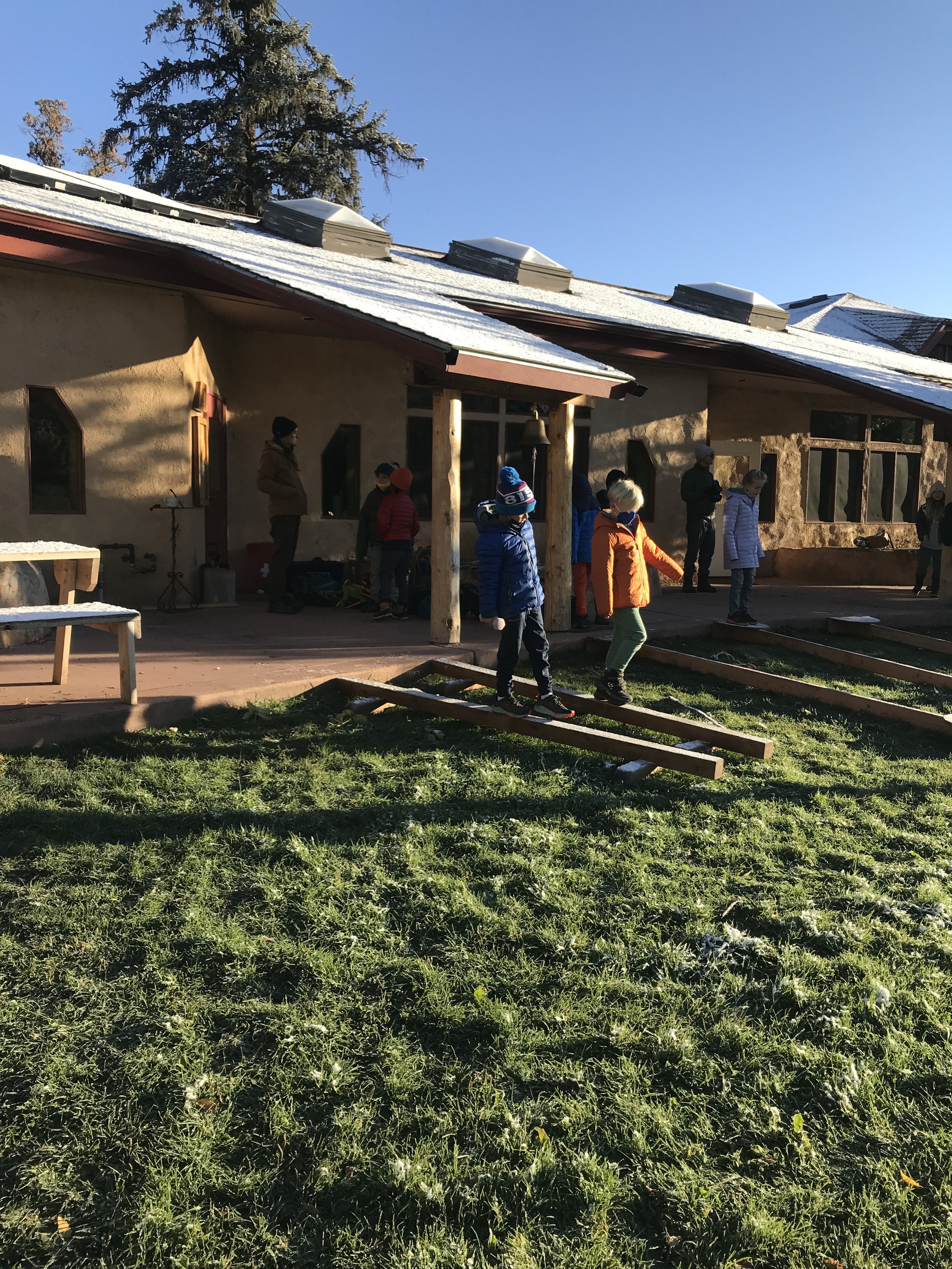Spotlight: The Role of Movement in Learning
2nd Graders working on language arts through movement
A recent study published in Time Magazine found “that the more time kids in Grade 1 spent sitting and the less time they spent being physically active, the fewer gains they made in reading in the two following years. In first grade, a lot of sedentary time and no running around also had a negative impact on their ability to do math.” In other words, how much students moves impacts how much they learn.
In Waldorf Education, movement is a critical component built into our curriculum. Extensive research shows that increased blood flow supports brain activity and neurological development. You’ll find all of our classes striking a balance between movement that encourages blood flow and outward energy exertion with the more grounded, inner working of academic learning. Movement is also entangled with multiple learning elements including math, language and rhythm as a way for students to more deeply engage by learning through their whole bodies.
Math for example, often takes the shape of jumping, counting and group engagement all tangled together. The impact is learning that sticks. Not to mention, movement, including jumping rope, class games, running and skipping all support fine motor skill development, coordination and spatial awareness for themselves and the world around them.
To learn more about how movement takes shapes in Waldorf Education, you can explore a short video below from fellow Waldorf School, High Mowing in New Hampshire, featuring our very own Movement Teacher, Julianna Lichatz.





